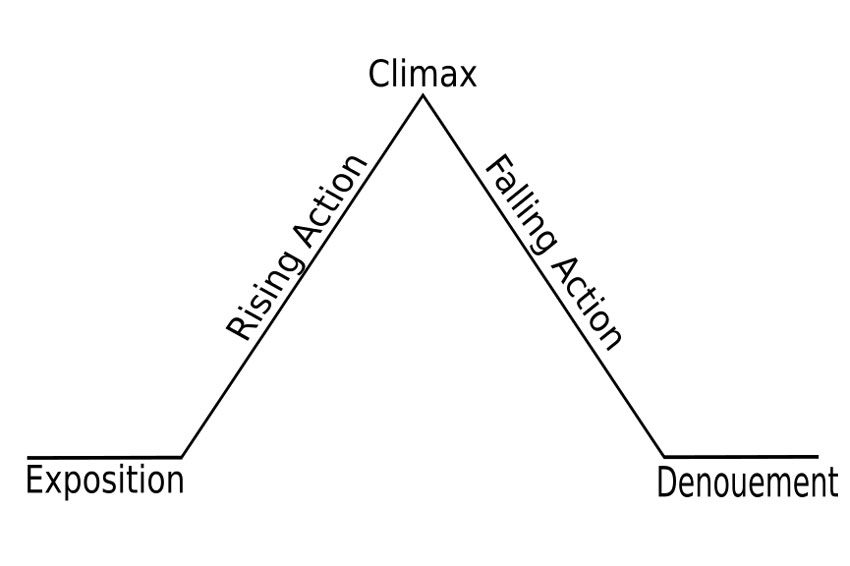How to become your own hero and pass a job interview

It is said that Storytelling is a life skill, an essential competence not only to tell a story, but also to interpret, understand and live in the real world.
Now-a-days narration is everywhere: physical places, politicians, media campaigns, consumer products and brand communication are largely using storytelling in order to communicate their vision, mission and achievements.
It is, therefore, becoming more and more important to know narrative techniques that influence our lives.
Storytelling is a specific discipline of Narrative Science.
It has different applications: from marketing to medicine, from politics to education to consumption.

That said, my preference goes to Storytelling as an approach to generating value.
And to explain this approach, I usually tell my university classes the story of a social experiment called Significant Objects.
Significat Objects has been run by journalists Rob Walker and Joshua Glenn in 2009 to demonstrate that a great story can turn any given object’s subjective value into an objectively measurable one.
Walker and Glenn launched a call for stories in order to pair 100 writers with 100 objects bought for no more than a few dollars from thrift stores and garage sales.
The aim of the call was to sell the so-called insignificant objects on eBay and see if narrative was able to transform an unremarkable, castoff thing into a “significant” object.
Walker and Glenn spent around 130 dollars to launch the project and earned more than 3000 dollars thanks to new meaning and emotional value generated by stories.
So when in comes to a job interview, how can storytelling help?
Being able to tell your story does not only mean being able to answer without hesitation the classic interview question : “Tell me about yourself”.
Indeed Stories are signals that can help to simplify the daily emerging “background noise” of information and give sense to messages. And this is because our brains are hardwired for Stories.
So whether it is a business pitch, a corporate presentation or a job interview Storytelling is more effective in getting the audience to visualize what we want to convey than data and information also thanks to their narrative structures.
The most famous narrative structures are The Hero’s Journey and Frytag Pyramid that are also used in many fields other than cinema and books.

Talking about structure, one of the most effective one to successfully overcome a job interview is the STAR (I) formula.
STAR(I) stands for Situation + Task +Action + Result (+ Interesting features) and is a structured manner of responding to a behavioral-based interview question which is one of the most common used interview techniques.
SITUATION
Describe a specific event or situation from a previous job, a volunteer experience, or any relevant event able to fit the question.
It is important to give an overview of the situation without being redundant or being too long.
TASK
Describe the goal you were given. Remember to focus on a challenging task, something that can help you to show why you are a perfect fit with the job position you are applying for.
ACTION
Describe the actions taken to address the situation with an appropriate amount of details and keep the focus on YOU, not on the group. Recruiter wants to hear about what you did in order to achieve the goal. They need to visualize throught your narration why you are the best candidate for the position.
RESULTS
Describe the outcome of your actions and take credit for your behavior. Make sure your answer contains multiple positive and tangible results.
INTERESTING FEATURE
Show the recruiter about accomplishments either yours or the teams.
Think of the interesting feature as a bonus (a learning, a book, a strategy, a resource ot tool used to achieve the goal).
And remember: there is no story without action and performance.
Never be afraid of failure because what we have learned from our mistakes is more important than our mistakes.
Photo by KHALIL MUSA on Unsplash
Photo by Denise Jans on Unsplash